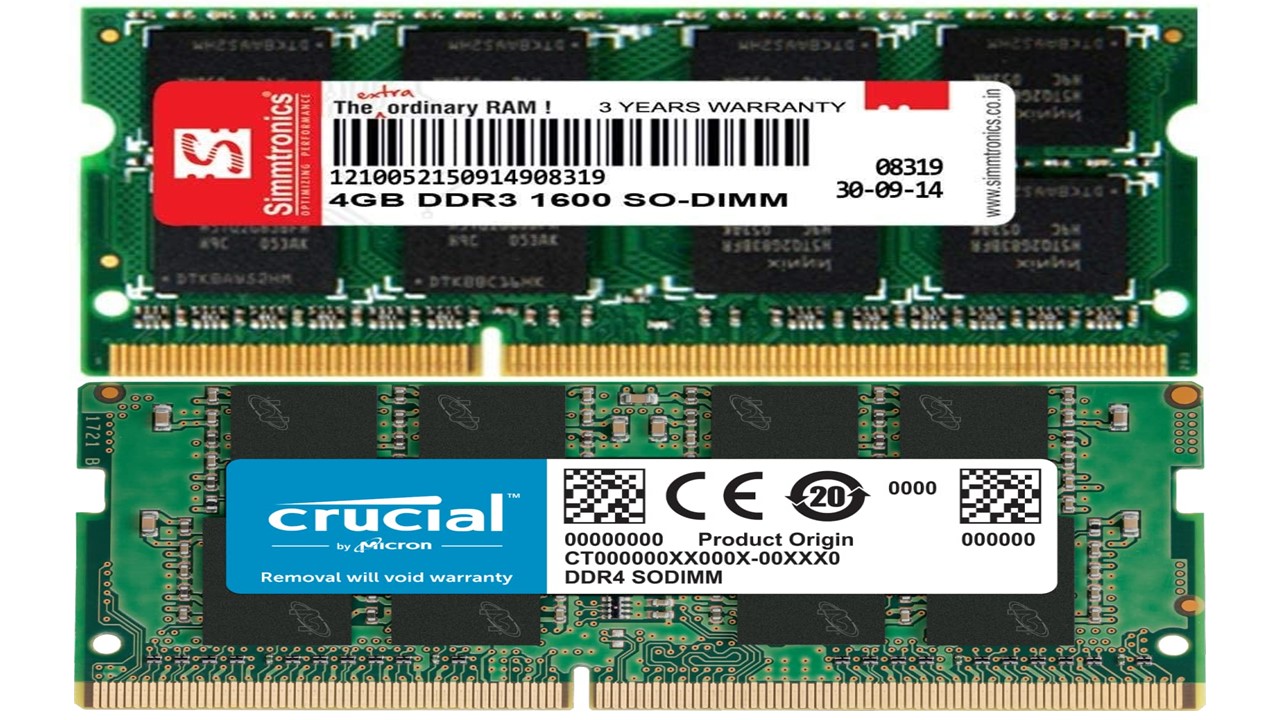When it comes to upgrading your computer’s memory, there are various options available in the market, but not all of them may be suitable for your needs.
This is where understanding the differences between the different types of RAMs becomes crucial. DDR3 and DDR4 are two popular types of RAM, and choosing between them can be challenging without knowing their distinguishing features.
In this article, we will explore the nine key differences between DDR3 and DDR4 RAM, including processing speed, clock speed, compatibility, price, energy consumption, capacity, latency, refreshing ability, and number of pins.
By the end of this article, you will have a better understanding of which type of RAM is the best fit for your computing needs.
KEY TAKEAWAYS
- The DDR4 RAM comes with self-refresh capability only while the DDR3 RAM comes with both self-refresh and auto refresh features in it.
- The processing speed and the clock speed of the DDR3 RAM are both lower than those of the DDR4 memory module.
- While the DDR3 RAM variant is compatible with the older computer models with low configuration, the DDR4 RAM only supports the advanced and updated computer systems.
- The maximum storage capacity offered by the DDR4 RAM is much more than that of the DDR3 RAM.
- While DDR4 RAM consumes much less energy than the DDR3 RAM its latency is slightly higher in comparison.
In This Article
The 9 Differences Between DDR3 and DDR4 RAM

1. Refreshing ability
The refreshing ability between DDR3 and DDR4 RAMs are quite different. DDR3 RAM offers both auto refresh and self refresh. Whereas the updated modern DDR4 RAMs comes with the only self refresh facility.
2. Processing Speed
The processing speed of DDR3 RAM is slightly slower than that of DDR4. Being an updated version, the DDR4 RAM’s processing speed is faster than DDR3 RAM. DDR4 RAMs are very commonly used with advanced configuration.
3. Clock Speed
The clock speed of DDR3 RAMs ranges between 800 MHz to 2133 MHz. The minimum clock speed of DDR4 RAM is about 2133 MHz and the maximum speed of DDR4 RAM has no definite limitations.
4. Compatibility
DDR3 RAMs are compatible with older PCs with low configuration. On the other hand, DDR4 RAMs are used with updated, advanced systems.
5. Price
The purchasing price of DDR3 RAMs is comparatively less than DDR4. Being a more advanced and updated product the price of DDR4 RAMs are higher than DDR3 RAMs.
6. Consumption of Energy
DDR3 RAMs consume less energy than DDR2 RAMs. On the other hand, the DDR4 RAM consumes less energy than DDR3 RAMs. A DDR4 RAM runs on 1.2 volts and it is 1.5 volt for DDR3 RAMs.
7. Capacity
One can find DDR3 RAM of maximum 16 GB of memory. The DDR4 RAMs had no bound in its maximum capacity.
8. Latency
One can easily find the difference in latency between DDR3 and DDR4 RAM. The latency of DDR4 RAM is slightly higher than that of DDR3.
9. Number of pins
From its appearance, the users can easily find a great difference in the number of pins between DDR3 RAM and DDR4 RAM. The traditional DDR3 RAMs come with 240 pins. The numerical value is 288 for the DDR4 RAMs.
Which is Better – DDR3 or DDR4!
If we go through the overview of the performance and ability of both types of RAMs, we can conclude that DDR4 RAMs are the best choice.
But, DDR4 RAMs can only be used with highly configured systems. One can’t choose to mount DDR4 RAM in the slot of DDR3 RAM.
So, to get the benefits of DDR4 RAM, one has to configure the PC very highly. Check out differences between desktop and laptop RAM.
One can use a DDR4 RAM with 8th generation or 9th generation processors.
If one is making a high end PC, then DDR4 RAMs are the only option, and for mid range PC, DDR3 RAMs are preferred.